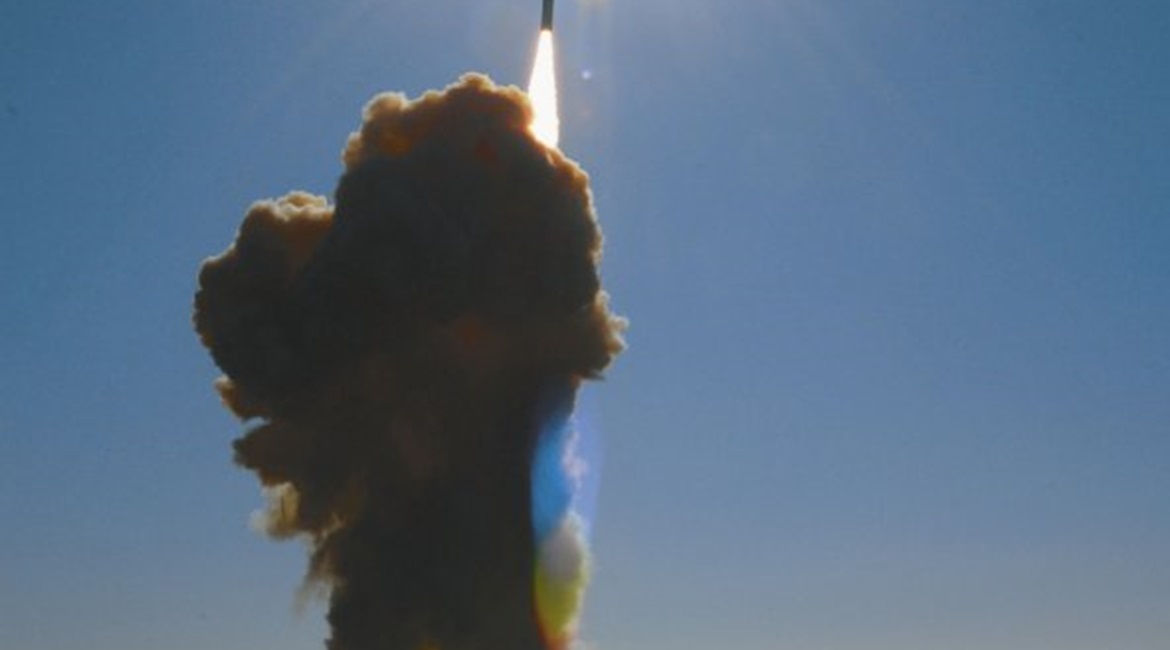
The White House’s proposed USD9.431 billion fiscal year 2020 (FY 2020) budget for the US Missile Defense Agency (MDA) includes USD1.2 billion for the Ground-based Midcourse Defense (GMD) system that is designed to defend against limited long-range attacks from states such as North Korea, but it plans for a two-year delay in the system's next-generation interceptor.
MDA said its priorities for this budget would be to “continue to focus on increasing system reliability”, to boost missile “engagement capability and capacity” by buying more and better performing interceptors, and to “address the advanced threat”.
The FY 2020 request, which must first be ‘marked up’ and approved by Congress and then enacted by the president, continues the Pentagon’s plan to field more ‘capacity’ by adding 20 ground-based interceptors (GBIs) to the 44 currently deployed.
Plans to increase GMD’s capacity with more interceptors, all at Fort Greely in Alaska, were codified by Congress in 2017. In early 2018 Boeing was awarded a USD6.56 billion six-year contract extension to continue managing and developing the GMD system. Boeing has been the lead contractor for GMD since its inception in the late 1990s.
The contract’s scope includes development, fielding, testing, systems engineering, integration, and more. It also includes adding 20 GBIs to the 44 that are currently deployed at Fort Greely (40) and at Vandenberg Air Force Base in California (4). The contract covers “digging a new missile field with 20 additional silos and two additional silos in a previously constructed missile field at Fort Greely, Alaska”, as well as buying the 20 GBIs.

Improving the GMD system has been the Pentagon's top missile defence priority. It now has its full complement of 44 interceptors and is to get 20 more. (MDA)
Looking to read the full article?
Gain unlimited access to Janes news and more...




